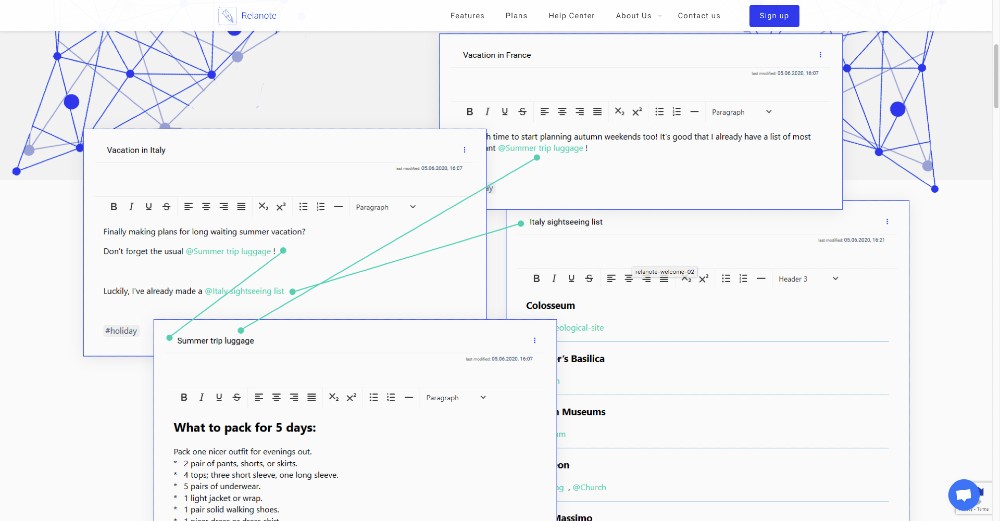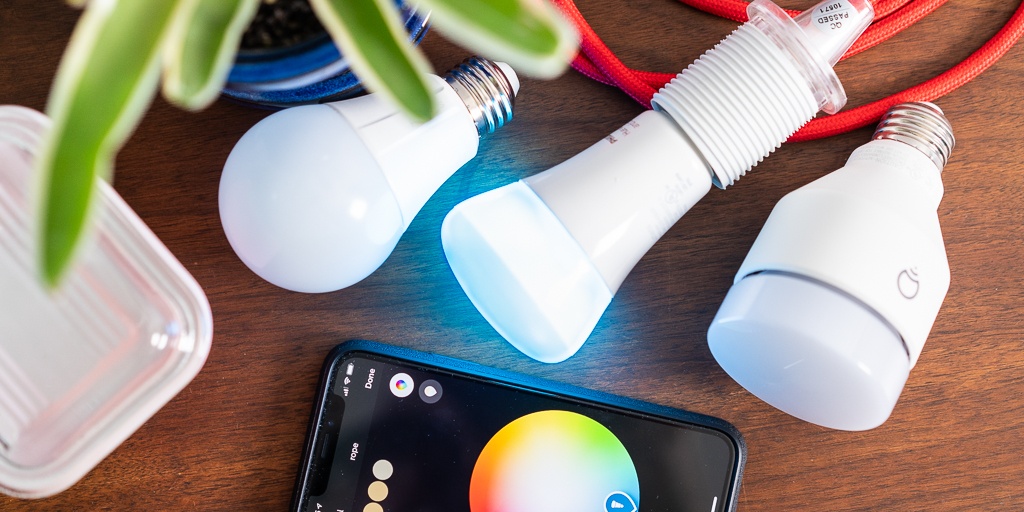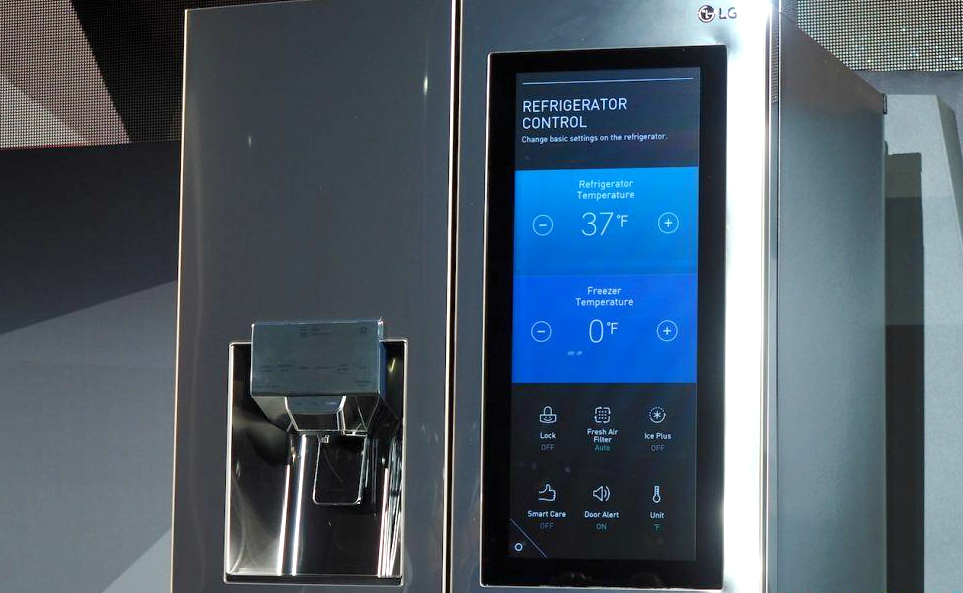Forbes’ Marible Lopez recently visited Helium headquarters for a technology analyst roundtable. Helium wants to be the go-to source for things that are IOT requirements. The platform enables enterprise and industry to monitor, learn, and capture insights from the existing physical things in their environment.
![]()
During her time there, Lopez met with the company’s CEO Amir Haleem, its Vice President Strategic Sales Ned Taylor and Rob Chandhok the company’s President and COO. In speaking with them, she took away these valuable lessons which can be used by both IoT startups and companies alike.
1. Find a specific, quantifiable problem
It’s important to have a specific use case that a customer can understand and purchase. In other words, find a specific problem to solve that is quantifiable. For Helium, one of their core products works by constantly monitoring refrigeration temperature to ensure that medicine, food, and other temperature sensitive items are always stored at the proper temperature and logs are maintained for compliance. The company has identified the value of maintaining the right temperature and is able to quantify any loss due to equipment failure.
2. Edge processing strategy
Companies need to build an edge processing strategy. Such a strategy takes into account when to analyze data at the edge and when it needs to be returned to headquarters. This may mean processing and acting on data immediately or waiting to send large volumes of data over the network.
3. Smart data collecting
IoT needs to be able to hold a certain amount of intelligence and data processing. Today’s IoT solutions can make data access simpler, easier to consume and act upon. When it comes to being a solution, it needs the ability to do correlation and analytics, but needs to do so smartly. For example, taking a temperature every five minutes, but only uploading all of that stored data every 12 hours.
4. Optimizing the charge
The solution should focus on conserving battery power. If you’re having to replace the batter every 6 months almost negates the usefulness of battery-powered sensing. Therefore, the end sensing device’s software must be programmed to be intelligent about how it processes data and delivers data to optimize battery life.
5. Broad security mindset
Incorporate a broader security mindset into IoT. For IoT, encryption is the first line of defense. However, companies should also incorporate and note additional safeguards offered by security best practices from other areas such as identity and authentication.
As the world of sensors begins to change our world with it will come a new wealth of information. Companies need to be evaluating how this new influx of information can be integrated into existing applications or rewriting processes with new data in mind. Regardless, business will either have to adapt or they may not survive.
#InternetofThings
Nichole earned a Master's in Sociology from Texas State University and has publications in peer-reviewed journals. She has spent her career in tech and advertising. Her writing interests include the intersection of tech and society. She is currently pursuing her PhD in Communication and Media Studies at Murdoch University.













































